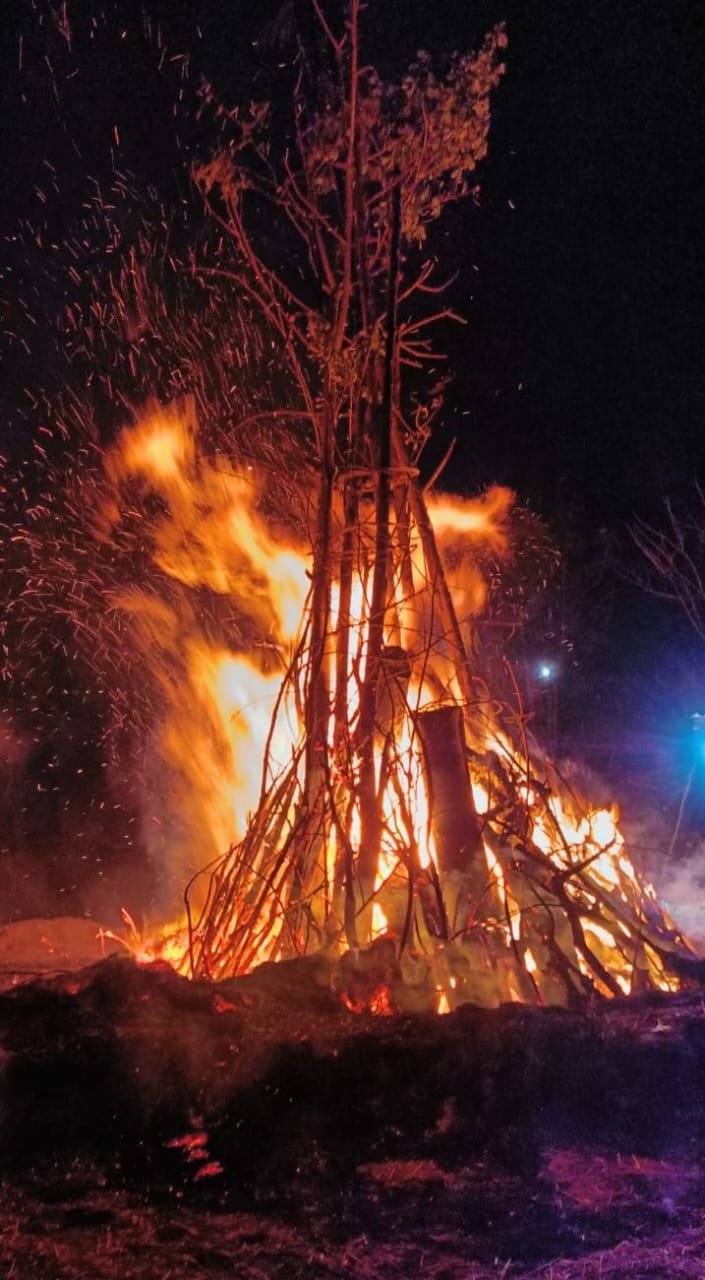
The February Revolution of 1917 was a pivotal event in Russian history, marking the overthrow of the Tsarist autocracy and the beginning of a series of tumultuous political changes that ultimately led to the establishment of the Soviet Union. This revolution, also known as the February Bourgeois Democratic Revolution, occurred in Petrograd (now St. Petersburg) and was sparked by a combination of social, economic, and political grievances that had been brewing for decades.

Background:
The roots of the February Revolution can be traced back to the late 19th and early 20th centuries, a period marked by rapid industrialization, urbanization, and social upheaval in Russia. The country was ruled by an autocratic monarchy headed by Tsar Nicholas II, whose reign was characterized by political repression, economic inequality, and military defeats.
Russia’s involvement in World War I exacerbated existing tensions. The war strained the economy, leading to food shortages, inflation, and widespread discontent among the population. The government’s mismanagement of the war effort further eroded public trust in the regime.

Immediate Causes:
The immediate trigger of the February Revolution was a series of strikes and protests in Petrograd in February 1917 (according to the Julian calendar, which Russia used at the time; it was March in the Gregorian calendar). The spark that ignited the revolution was a spontaneous strike by women textile workers on International Women’s Day, March 8 (February 23 in the Julian calendar), demanding bread and better working conditions.
The strike quickly spread to other sectors of the city’s workforce and gained momentum, with workers, soldiers, and intellectuals joining the protests. The demonstrators called for an end to the war, bread for the hungry, and political reforms. The protests swelled in size, and the demonstrators clashed with police and military forces loyal to the Tsar.
Key Events:
As the protests escalated, the Tsarist regime attempted to quell the unrest by deploying troops to Petrograd. However, many soldiers sympathized with the protesters and refused to suppress the uprising. The situation became increasingly chaotic, with the city descending into near anarchy.
On February 27 (March 12 in the Gregorian calendar), mutiny broke out among the Petrograd garrison, with soldiers openly joining the protesters. The Tsarist authorities lost control of the situation, and Nicholas II ordered the dissolution of the Duma (the Russian parliament) in a last-ditch effort to maintain power.
The Duma refused to disband and instead formed a Provisional Committee to assume governmental authority. Moderate liberal politicians, including members of the Constitutional Democratic Party (Kadets), took charge of the committee and began negotiating with the leaders of the protests.
Abdication of the Tsar:
Amid mounting pressure, Nicholas II realized that his reign was untenable. On March 2 (February 15 in the Julian calendar), he abdicated the throne, ending more than three centuries of Romanov rule. Nicholas handed over power to his brother, Grand Duke Michael, who declined the throne, effectively bringing an end to the monarchy in Russia.
Formation of the Provisional Government:
With the Tsar’s abdication, power shifted to the Provisional Committee of the Duma, which declared itself the Provisional Government of Russia. Led initially by Prince Lvov and later by Alexander Kerensky, the Provisional Government was composed primarily of liberal and moderate socialist politicians. It pledged to establish a democratic system, guarantee civil liberties, and address the grievances of the people.
The Provisional Government’s authority, however, was not unchallenged. Concurrently with the formation of the Provisional Government, soviets (councils) of workers’ and soldiers’ deputies emerged across Russia, particularly in Petrograd. These soviets wielded significant influence, claiming to represent the interests of the working class and advocating for more radical social and political reforms.
Dual Power:
The period following the February Revolution was characterized by a state of “dual power” between the Provisional Government and the Petrograd Soviet. While the Provisional Government held formal authority, the Petrograd Soviet commanded the loyalty of the masses, particularly workers and soldiers.
This dual power structure led to tensions and conflicts between the two bodies, as they vied for control over the direction of the revolution. The Provisional Government pursued moderate reforms and aimed to uphold bourgeois democracy, while the Petrograd Soviet pushed for more radical changes, including land redistribution, workers’ control of factories, and an end to the war.
Challenges and Contradictions:
The Provisional Government faced numerous challenges from the outset. The war effort continued to drain resources and exacerbate social unrest, while economic problems persisted, leading to continued food shortages and inflation. The government’s indecisiveness and inability to address these issues undermined its legitimacy in the eyes of many Russians.
Furthermore, the Provisional Government’s decision to honor Russia’s commitments to its allies and continue the war effort alienated many soldiers and workers who had hoped for an immediate end to hostilities. This disillusionment with the government’s policies fueled support for more radical revolutionary movements, including the Bolsheviks, who called for “peace, land, and bread.”
Impact of the February Revolution:
The February Revolution had far-reaching consequences for Russia and the world. It marked the end of Tsarist autocracy and the beginning of a new era of political experimentation and social upheaval. The revolution unleashed a wave of democratic reforms, including the establishment of civil liberties, freedom of speech, and the release of political prisoners.
However, the revolution also unleashed forces that would ultimately lead to further chaos and conflict. The Provisional Government’s inability to address the country’s pressing problems and satisfy the demands of the masses paved the way for the October Revolution later that year, which brought the Bolsheviks to power.
In hindsight, the February Revolution can be seen as a crucial step in Russia’s transition from autocracy to communism. It shattered the old order and created opportunities for new political forces to emerge, setting the stage for the Bolshevik seizure of power and the subsequent establishment of the Soviet Union.
Conclusion:
The February Revolution of 1917 was a watershed moment in Russian history, marking the downfall of the Tsarist regime and the beginning of a tumultuous period of political change. Sparked by a combination of social, economic, and political grievances, the revolution unleashed mass protests and strikes in Petrograd, eventually leading to the abdication of Tsar Nicholas II.
The establishment of the Provisional Government promised a new era of democratic reforms, but its authority was challenged by the emerging soviets, leading to a state of dual power. The revolution unleashed forces that would ultimately lead to further upheaval, culminating in the Bolshevik seizure of power in October 1917.
The February Revolution fundamentally transformed Russia and set the stage for the establishment of the world’s first communist state. Its legacy continues to reverberate in Russian and world history, serving as a reminder of the power of popular movements to overthrow oppressive regimes and reshape the course of nations.




